We all want a clean, fresh home—but what if some of your cleaning habits are doing more harm than good? From reusing dirty tools to spraying and wiping too quickly, certain routines that feel productive might actually be spreading grime instead of getting rid of it. It’s easy to fall into these common traps, especially when you’re short on time or following outdated advice. The result? A house that looks clean on the surface but is secretly harboring dirt and bacteria. To help you clean smarter, not harder, here are 11 cleaning habits that could be making things dirtier.
1. Using the Same Cleaning Cloth All Over the House

It might seem efficient to grab one cloth or sponge and wipe down every surface, but this habit can actually spread bacteria from room to room. For example, using the same rag to clean the bathroom sink and then the kitchen counters means you’re potentially transferring germs like E. coli or mold spores into food prep areas. Even if the cloth looks clean, it can still be loaded with invisible grime picked up from different surfaces, says Apartment Therapy.
To avoid this, it’s best to use color-coded cloths or dedicate specific rags to certain areas of the house—like one for the bathroom, one for the kitchen, and another for general dusting. Make sure to rinse them thoroughly during use, wash them after each cleaning session with hot water, and let them dry completely between uses to prevent bacterial growth. A small change in habit can make a big difference in the overall cleanliness of your home.
2. Scrubbing Your Glass Stovetop with Abrasive Cleaners

The Spruce warns that using abrasive pads or harsh chemical cleaners on glass stovetops can cause irreversible damage. Many homeowners assume that heavy-duty scouring pads will remove stubborn stains more effectively, but they actually leave behind micro-scratches that can get stuck with crumbs and dirt.
Instead, use a gentle, non-abrasive cleaner specifically designed for glass cooktops. A microfiber cloth or a soft sponge, along with a baking soda paste, can effectively remove stains without damaging the surface. Regular maintenance and wiping up spills immediately will keep your stovetop looking new for years.
3. Overloading Your Dishwasher with Dishes
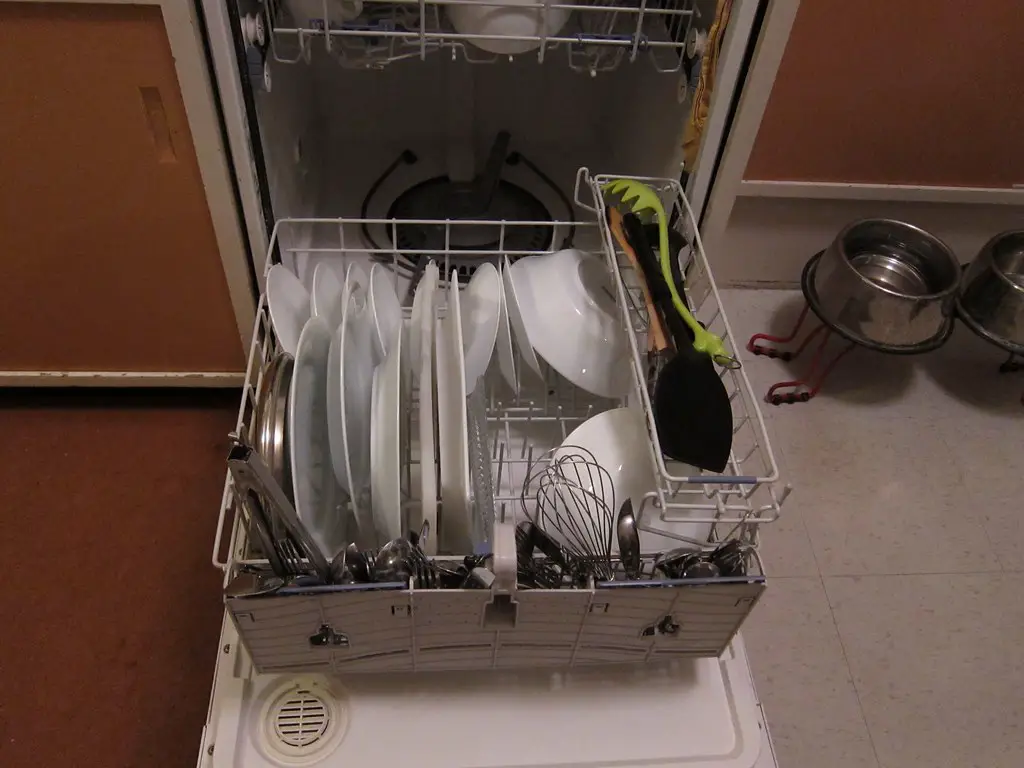
According to The New York Times, cramming too many dishes into your dishwasher seriously reduces cleaning efficiency. Overloading blocks the spray arms, preventing water and detergent from reaching all items evenly. This often results in food residue remaining on dishes, leading to the temptation to rerun cycles, which also wastes energy and puts unnecessary strain on the dishwasher’s motor.
To avoid this, load your dishwasher according to the manufacturer’s guidelines. Ensure that dishes are spaced properly, with larger items placed on the bottom rack and smaller ones on top. Avoid stacking or leaning dishes too closely together, as this prevents proper water circulation.
4. Using Too Much Detergent in Your Washing Machine

According to Consumer Reports, using excess detergent doesn’t make your clothes cleaner—it actually leaves them weighed down and gunked over time. Modern high-efficiency (HE) washers use less water than older models, so extra detergent creates too many suds, which can leave residue behind. Over time, this buildup clogs internal components, leading to foul odors and mold growth in your clothing.
To prevent this issue, always follow the manufacturer’s detergent recommendations. Many HE washers have detergent caps or dispensers that help measure the correct amount. Using high-efficiency detergent and running a cleaning cycle once a month can also help keep your machine running smoothly.
5. Using Vinegar to Clean Everything
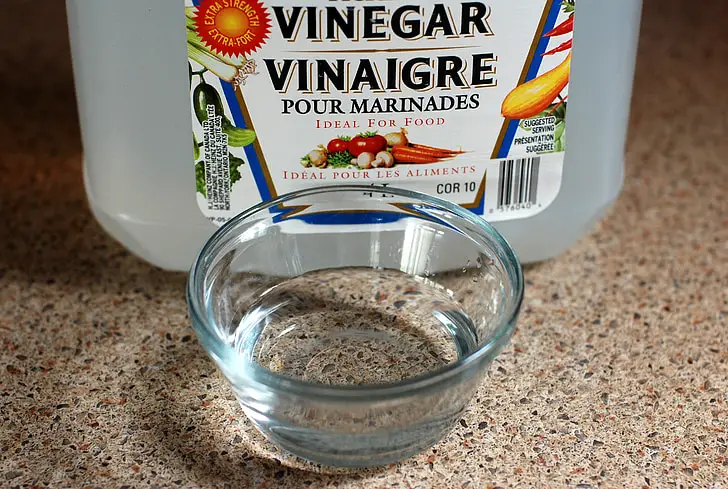
Vinegar is a popular natural cleaner, but its high acidity can corrode rubber seals and hoses in dishwashers, washing machines, and coffee makers. On top of this, it doesn’t always do a proper job of getting beyond surface-level dirt. Over time, this damage can cause leaks or malfunctioning parts, leading to expensive repairs.
Instead, check your appliance’s user manual before using vinegar as a cleaning agent. For descaling coffee makers or washing machines, many manufacturers recommend specialized cleaning solutions instead. If you do use vinegar, always dilute it and rinse thoroughly to minimize potential damage.
6. Neglecting to Empty Your Vacuum’s Filter
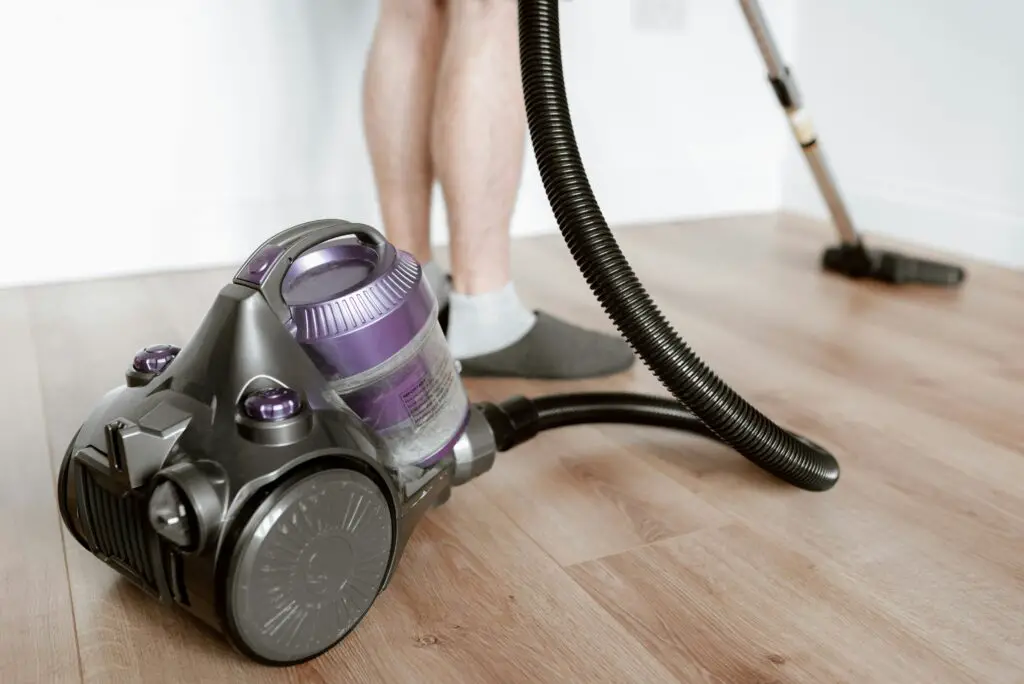
A full vacuum filter reduces suction power and forces the motor to work harder and suck up far less. Many people forget to clean or replace the filter regularly, leading to overheating and decreased efficiency. If your vacuum isn’t picking up debris as well as it used to, a clogged filter could be the culprit.
To maintain optimal performance, empty the dustbin frequently and clean or replace the filter according to the manufacturer’s recommendations. Some vacuums have washable filters that need to dry completely before reuse in order to get up every bit of dirt.
7. Leaving Wet Clothes in the Washer
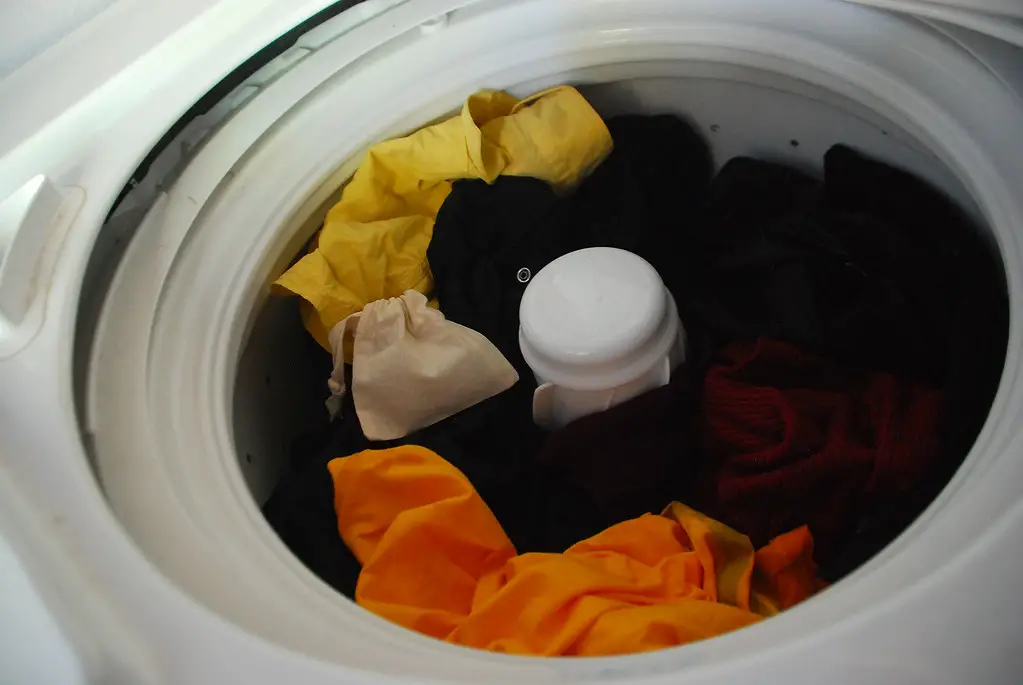
Forgetting to remove clothes from the washing machine can cause mold and mildew growth, leading to unpleasant odors. Additionally, prolonged moisture exposure can weaken seals and increase wear on the drum. Over time, this habit can lead to costly repairs and a musty-smelling washer.
To avoid this, always transfer clothes to the dryer or drying rack immediately after a cycle finishes. Leaving the washer door slightly open between uses also helps prevent moisture buildup.
8. Using Too Much Fabric Softener
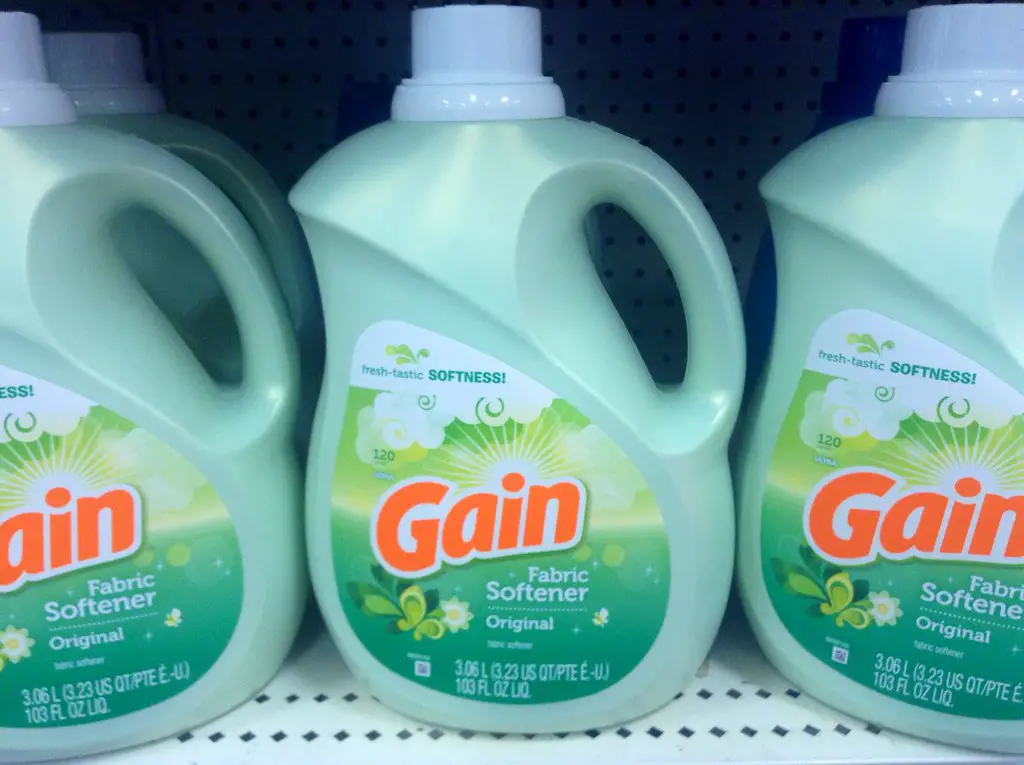
Fabric softener may leave clothes feeling soft and fresh, but overuse can create a residue buildup inside your washing machine. This sticky film clings to the drum, detergent dispenser, and rubber seals, reducing efficiency and increasing the risk of mold and mildew growth. Additionally, fabric softener can leave a waxy coating on clothes, making them less absorbent.
To avoid these issues, use fabric softener sparingly and dilute it with water before adding it to your machine. Consider alternative options like white vinegar or dryer balls to achieve softness without buildup. Regularly running a washing machine cleaning cycle with hot water and baking soda can help break down any lingering residue.
9. Ignoring Your Dryer’s Lint Trap and Vent
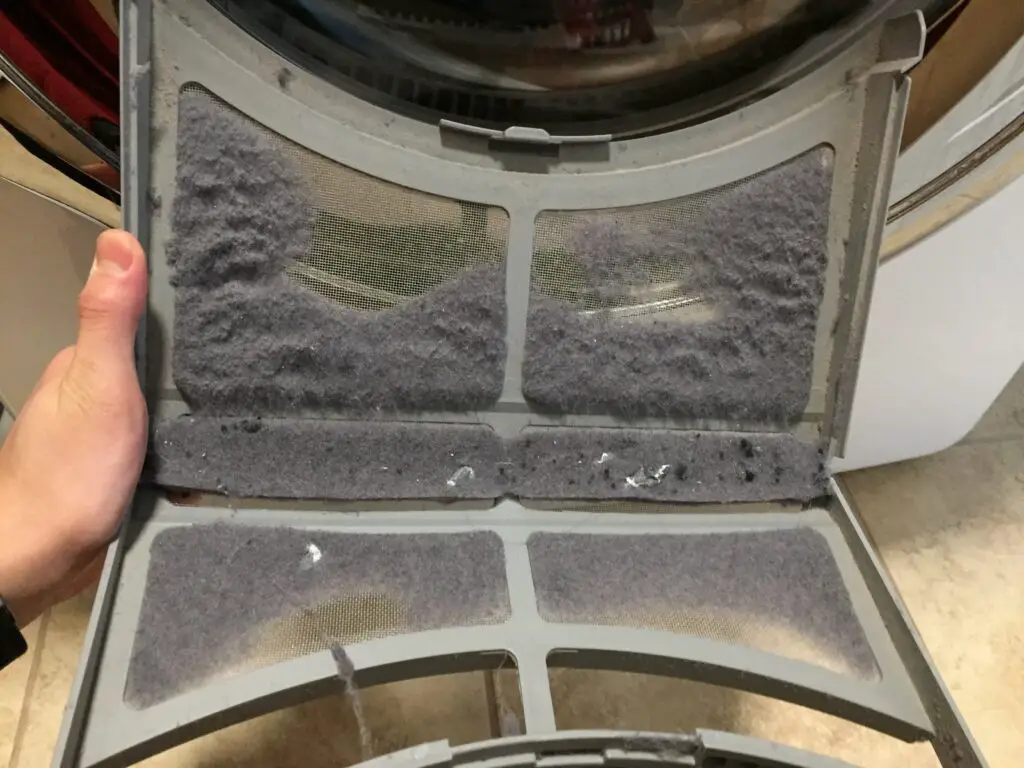
Many people remember to clean the lint trap after each load, but they often neglect the dryer vent, which can cause serious issues. A clogged vent reduces airflow, forcing the dryer to work harder and increasing drying times. Worse, lint buildup is a major fire hazard, with thousands of dryer fires reported each year due to neglected maintenance.
To prevent this, clean the lint trap after every use and check the dryer vent at least once a year. Use a vacuum or a specialized vent brush to remove any accumulated lint. If your clothes are taking longer to dry than usual, it could be a sign of a clogged vent.
10. Using Harsh Chemicals on Stainless Steel Appliances

Many homeowners turn to strong chemical cleaners or abrasive scrubbers to remove smudges and fingerprints from stainless steel appliances. However, these products can strip the protective coating on the surface, leading to dullness, scratches, and even rust spots over time. Harsh chemicals can also cause discoloration, making your once-shiny appliances look worn and aged.
Instead, use a microfiber cloth and a mild cleaner specifically designed for stainless steel. A mixture of warm water and mild dish soap can effectively remove smudges without causing damage. For added shine, a few drops of olive oil or a stainless steel polish can restore the surface’s luster.
11. Forgetting to Descale Your Coffee Maker
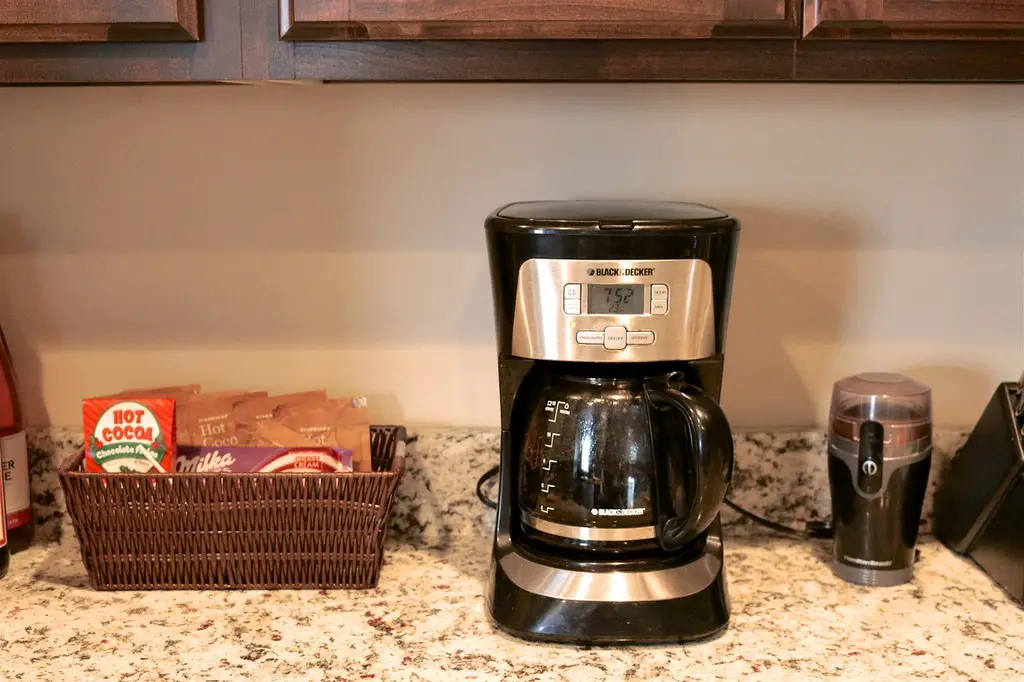
Over time, mineral deposits from hard water accumulate inside coffee makers, clogging internal components and affecting performance. This buildup can cause the machine to heat less efficiently, resulting in weak or bitter-tasting coffee. If left unchecked, it can also lead to clogging, leaks, or complete failure of the heating element. Many people assume that rinsing the coffee pot is enough, but internal parts need regular descaling to function properly.
To prevent damage, descale your coffee maker every 1-3 months, depending on water hardness. Use a manufacturer-recommended descaling solution or a vinegar and water mixture to break down mineral buildup. Running a few cycles of clean water afterward ensures no residue remains. Regular maintenance not only extends the life of your coffee maker but also improves the flavor of your coffee.
